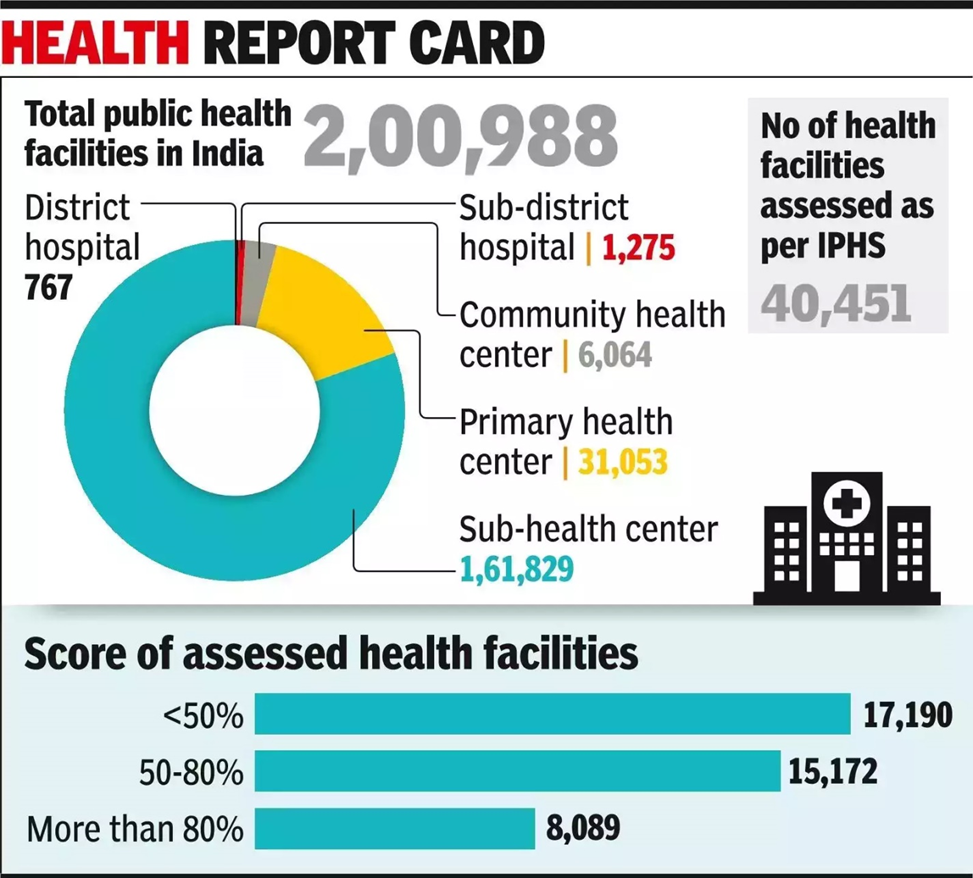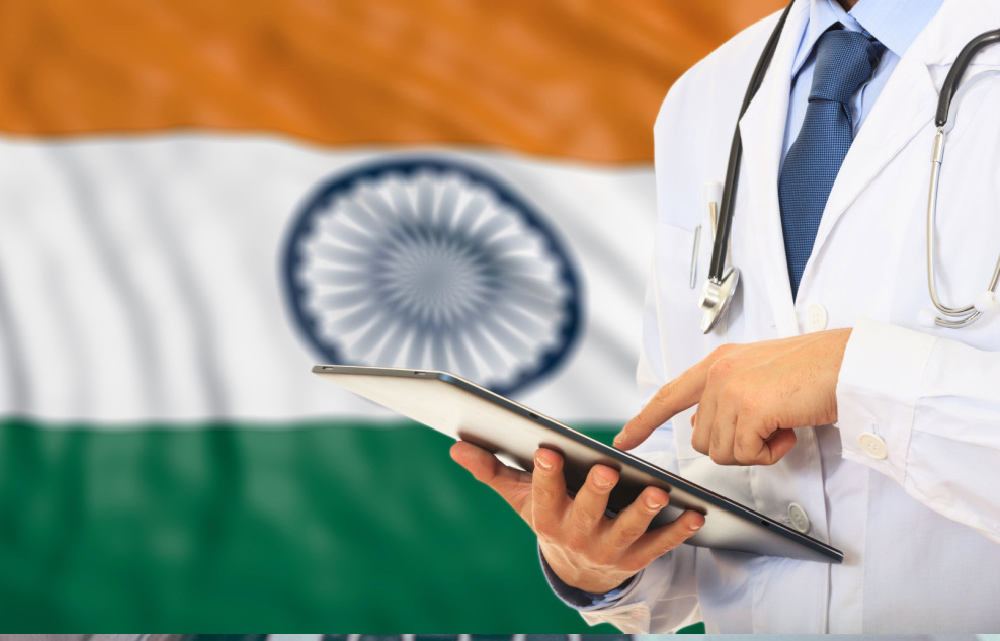Introduction:
India's healthcare system is divided into three tiers: primary, secondary, and tertiary care. While this framework aims to provide accessible healthcare services to the country's vast population, several challenges affect its effectiveness. These challenges not only impact patient care but also put the safety and well-being of healthcare workers at risk.
Weaknesses of India’s Healthcare System:
· Due to inadequate funding, India's healthcare system struggles to meet the needs of its large population. Common problems include a shortage of doctors and nurses, unavailability of essential medicines, and insufficient infrastructure. These issues are particularly severe in rural areas, where Primary Health Centers (PHCs) often operate with insufficient staff or resources. Even in urban public hospitals, the sheer number of patients creates challenges for the limited medical staff.
· For instance, major institutions like the All India Institute of Medical Sciences (AIIMS) in Delhi clearly illustrate these problems. Many patients travel long distances to tertiary hospitals like AIIMS because of the lack of primary and secondary healthcare services in their own regions. This results in overcrowding at tertiary hospitals, putting emotional and financial strain on both patients and their families.
Personal Safety of Healthcare Workers:
· Alongside resource shortages, the personal safety of healthcare workers is a critical concern. Junior doctors, who are often on the frontline of this system, are especially vulnerable. Recent cases of sexual violence, lack of basic amenities, and threats to physical safety have further highlighted these issues.
· According to a study by the Indian Medical Association (IMA), over 75% of doctors have faced some form of violence at their workplace.
· For example, the incident at RG Kar Medical College in Kolkata brought these concerns into the spotlight. Junior doctors protested against unsafe working conditions and a lack of clean resting facilities. The issue gained national attention when a postgraduate trainee was raped and murdered while on duty, shedding light on the severe risks healthcare workers face daily.

Causes of Violence:
A study published in PLoS ONE revealed that in 82.2% of cases of violence against doctors, the perpetrators were family members or relatives of the patients.
- Often, the patient's family resorts to violence because the healthcare system fails to meet their expectations.
- In some cases, violence occurs due to suspicion of wrong treatment or dissatisfaction with the patient's condition not improving.
- Long waiting times and high medical costs, for which doctors are not responsible, also lead to frustration and violence.
- Expectations from doctors are high, but the system's resources are weak. When families suspect delays or errors in treatment, their disappointment can turn into violence.
Impact of Violence:
Violence has a profound psychological impact on healthcare workers.
- Many studies have found symptoms of Post-Traumatic Stress Disorder (PTSD), anxiety, and depression in doctors.
- It also affects rural healthcare services, as doctors prefer working in well-resourced urban areas for their safety, further impacting rural health services.
- After violent incidents, doctors may hesitate to provide emergency services, refer patients more quickly to specialists, and conduct excessive tests, affecting the quality of care.
Current Situation and Legal Gaps:
There is no central law in India for the protection of doctors. While 26 states and Union Territories have passed laws to safeguard healthcare workers, there is no unified national law, resulting in inconsistent enforcement of these protective measures. This leaves doctors and medical staff vulnerable to verbal abuse, assaults by mobs, and sometimes even physical attacks.
Need for Reforms
To tackle this issue, some crucial steps are needed:
1. Strengthening the Healthcare System: More funding must be allocated to strengthen the healthcare system by reducing long waiting times, ensuring the availability of medicines, and providing financial aid.
2. Policy and Institutional Measures: Security measures such as CCTV cameras and metal detectors should be installed in hospitals to prevent patients’ relatives from bringing in weapons. Counselors should also be made available to manage the emotional state of patients and their families.
3. Central Legislation: Following the West Bengal incident, the central government announced the formation of a high-level committee to review a bill introduced in 2019. Until central legislation is passed, state-level reforms will be vital for enhancing the safety of healthcare workers.
Conclusion:
The challenges in India's healthcare system are deeply connected to the safety of doctors and healthcare workers. Junior doctors, nurses, and other frontline workers bear the brunt of the system's weaknesses. To create real and lasting change, India must address resource shortages in its healthcare system and implement strong central laws to protect healthcare workers. For UPSC aspirants, understanding this issue is crucial as it encompasses healthcare policy, governance, resource allocation, and the broader socio-political context.
|
Key Takeaways for UPSC: 1. India’s healthcare system is divided into three tiers, but its effectiveness is impacted by resource shortages, staff shortages, and weak infrastructure. 2. The safety of healthcare workers, especially junior doctors, is a serious issue, with over 75% of doctors having faced workplace violence. 3. The main causes of violence include delays in treatment, suspicion of wrong treatment, and high medical expenses, leading patients or their families to resort to violence. 4. The psychological impact of violence on doctors is significant, increasing cases of PTSD, anxiety, and depression. This affects the quality of healthcare services. 5. In the absence of legal protection, doctors remain vulnerable to attacks. Although 26 states have enacted laws, there is no central legislation. 6. Strengthening the healthcare system, enhancing security measures in hospitals, and implementing central legislation are necessary reforms. |
|
Probable questions for UPSC Mains exam: Analyze the reasons behind the rising violence against doctors in healthcare services and suggest measures to prevent such incidents. |







